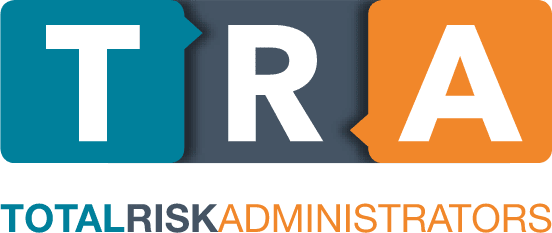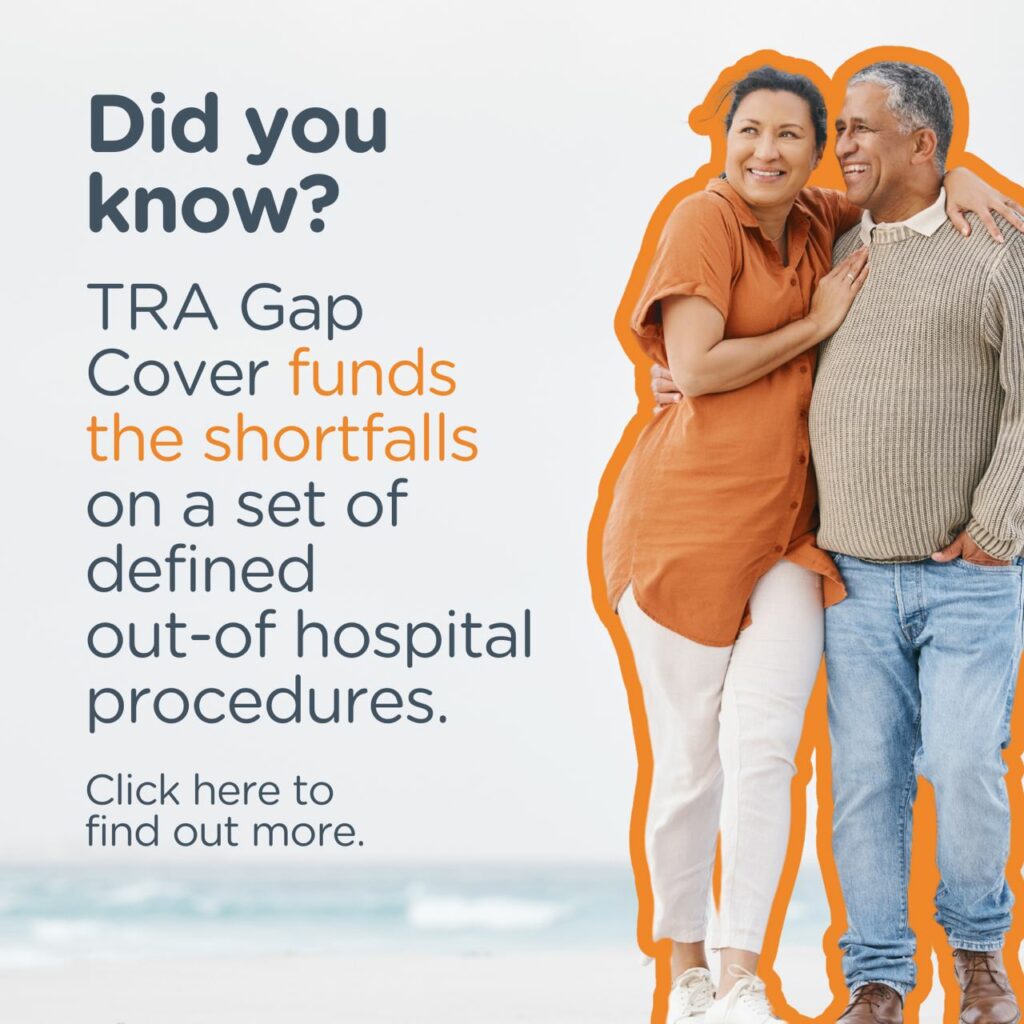On the 17th of April every year is World Hemophilia Day. It is a day which is recognised worldwide, in order to increase the awareness inherited bleeding disorders. Not only does this day create awareness, but it also encourages the improvement of care and treatment.
What is it?
It is a bleeding disorder which causes abnormal bleeding and poor clotting. It is quite a rare disease, with only 1 in 10 000 people born with the disorder. Bleeding is most commonly internal and goes into the joints and muscles. It can happen without an obvious cause (sometimes spontaneous), or as the result of an injury. Over time, this internal bleeding (‘bleeds’) can cause severe arthritis, chronic pain and disability.
There are many different types of Hemophilia, with the most common type being Hemophilia A. This means that the person does not have enough Clotting Factor VIII (Factor eight).
Hemophilia B is the least common. This is when the person does not have enough Factor IX (Factor nine).
The symptoms for both of these types of the disorder is that the person affected bleeds for longer than a person who does not have the disorder.
According to Hemophilia Foundation Australia, “It is an inherited condition and occurs in families, however, in 1/3 of cases, it appears in families with no previous history of the disorder. The genetic alteration causing Hemophilia is passed down from parent to child through generations. Men with it will pass the gene on to their daughters but not their sons. Women who carry the gene can pass the gene on to their sons and daughters. Sons with the gene will have Hemophilia. Most women and girls who carry the gene do not have bleeding symptoms. Others may have a bleeding tendency. If they have low factor levels, they will have Hemophilia.”
How can you get involved in World Hemophilia Day?
With the theme being “sharing knowledge”, it is important to spread your knowledge of Hemophilia as much as possible. This would mean sharing the knowledge with one another, sharing with social media, and basically sharing in any way or form that is possible. The more people who know about Hemophilia, the more people can be diagnosed and treated.
To find out more information regarding this years campaign, as well as more information on Hemophilia in general, please visit here.
Medical Gap Cover Questions & Queries
A Gap Cover plan is what you can also get, in order to cover any medical aid in-hospital shortfalls. Having a medical aid is the first step, but even then, you might have to cover costs to cover the differences between what a doctor may charge over and above medical aid rates.
If you have any more queries or questions regarding anything related to TRA Gap Cover, why not reach out to our helpful specialists here. You can also visit our Gap Cover here.














